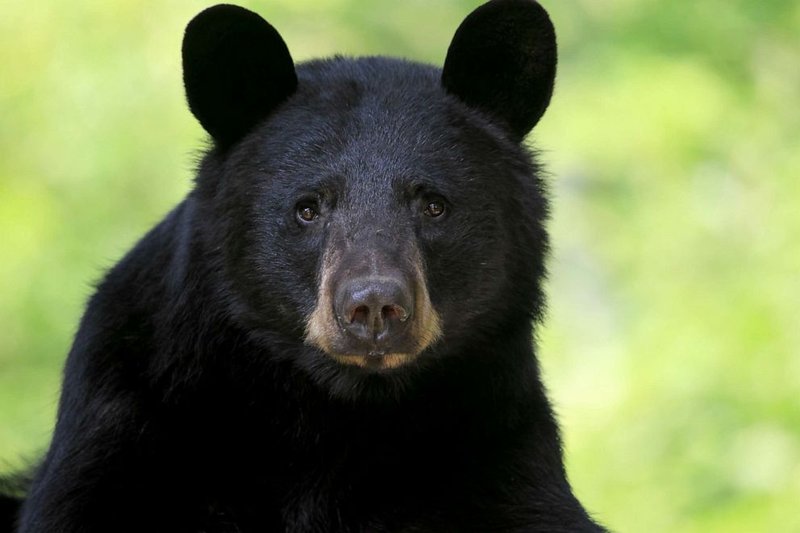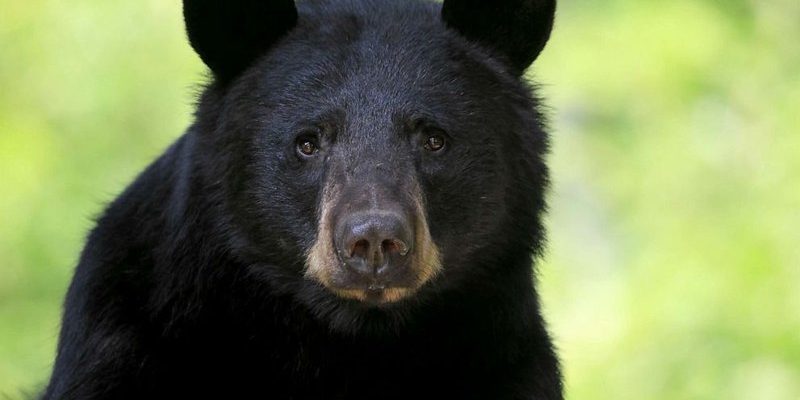
Imagine you’re hiking through a beautiful, serene forest. Trees tower above, and birds chirp happily. Suddenly, you spot a bear in the distance. Your heart races. What should you do? Here’s the thing: understanding the *behavior* of black bears can mean the difference between a peaceful encounter and a dangerous situation. Let me explain why it’s essential to know how to coexist with these majestic animals safely.
Understanding Black Bear Behavior
Black bears are generally shy and tend to avoid humans whenever possible. But it’s important to remember they are wild animals and can act unpredictably. When a bear feels threatened, whether because it’s surprised, feels cornered, or is protecting its cubs, it may react aggressively. Black bears have strong instincts and will defend themselves if they perceive danger.
They have a keen sense of smell, which they use to find food. A black bear can smell something as far as 20 miles away! This is why they often wander into campgrounds or backyards. If they catch a whiff of food, their curiosity might get the better of them. And yes, they can get aggressive if they feel their food source is at stake.
Another factor to consider is their *body language*. If a black bear is standing on its hind legs, it’s not necessarily aggressive; it’s just trying to get a better look or smell. But if it starts huffing, growling, or lunging—those are signals that it may be threatened or agitated, and you should back away slowly.
How Often Do Black Bears Attack Humans?
While it’s easy to get caught up in scary stories, the truth is that black bear attacks on humans are quite rare. The National Park Service reports that the likelihood of being harmed by a bear is extremely low, with only a handful of incidents each year across the United States and Canada. Black bears typically prefer to flee than confront a human, and most attacks occur when someone inadvertently surprises a bear, especially a mother with cubs.
A good example to consider is the difference between black bears and grizzly bears. Black bears tend to be more timid and are usually smaller, ranging from 100 to 600 pounds. Grizzly bears, on the other hand, can weigh over 800 pounds and are more aggressive. So, while caution is always wise in bear country, knowing the species can help put things into perspective.
Still, when it comes to wild animals, it’s best to err on the side of caution. Being aware and prepared is key to avoiding dangerous encounters. If you’re in known black bear territory, educate yourself on the best practices for avoiding surprises.
What Attracts Black Bears to Humans?
Have you ever left a delicious meal unattended? If you have, you probably know that curious critters might show up. Black bears are no different. They are highly attracted to food, especially anything that smells strong. Some common things that can draw them in include:
- Garbage and food scraps
- Pet food left outside
- Coolers or picnic items
- Bird feeders
This is why it’s essential to keep your surroundings clean if you’re camping or hiking in bear country. Store food in bear-proof containers or hung high in a tree, away from your sleeping area. Even the scent of your soap or deodorant can attract a bear, so consider using unscented products when you’re outdoors.
Another enticing thing for bears is the sight of human activity. They become accustomed to people if they frequent certain areas, making them bolder in their behavior. It’s crucial to maintain a safe distance and avoid feeding them—this can lead to dangerous situations.
How to Stay Safe Around Black Bears
If you do encounter a black bear, your first instinct might be to run. But here’s the thing: running can trigger their chase instinct. Instead, try to stay calm. Here are some tips to keep in mind:
1. Make yourself large: Stand tall, and raise your arms. This can help make you appear bigger and less like prey.
2. Talk firmly: Speak in a calm, firm voice. This reassures the bear that you’re a human and not a threat.
3. Back away slowly: Don’t turn your back on the bear. Instead, slowly back away while keeping an eye on it.
4. Use bear spray if you have it: If the bear approaches, bear spray can help deter it. Make sure you know how to use it properly before venturing out.
In some cases, you may need to play dead—especially if a bear makes contact. This may sound counterintuitive, but it can help during a surprise attack. Curl into a ball and protect your neck. But remember, this is usually a last resort.
Black Bear Conservation and Coexistence
The population of black bears is generally stable, but it’s essential to respect their habitat. Many people live near black bear areas, and with an increase in human activity, it’s crucial to find a balance. Wildlife conservation programs often focus on developing strategies to coexist peacefully with black bears. This might include education on how to manage waste and promoting bear-safe practices.
By understanding and respecting their space, we can help ensure that both bears and humans can thrive. Everyone has a role in preserving wildlife, whether it’s learning about safe practices or participating in local conservation efforts.
Final Thoughts on Black Bears and Human Safety
Can the black bear be dangerous to humans? The answer isn’t black and white. While black bears are generally not a threat if left undisturbed, they can become dangerous if provoked or if they feel their young or food is at risk. Awareness and respect for their space are key.
Next time you venture into the woods, keep these safety tips in mind. Remember that these bears are wild, and it’s our responsibility to coexist peacefully. When we respect their habitats and follow safety guidelines, we can enjoy nature while keeping ourselves and the bears safe. Happy exploring!

